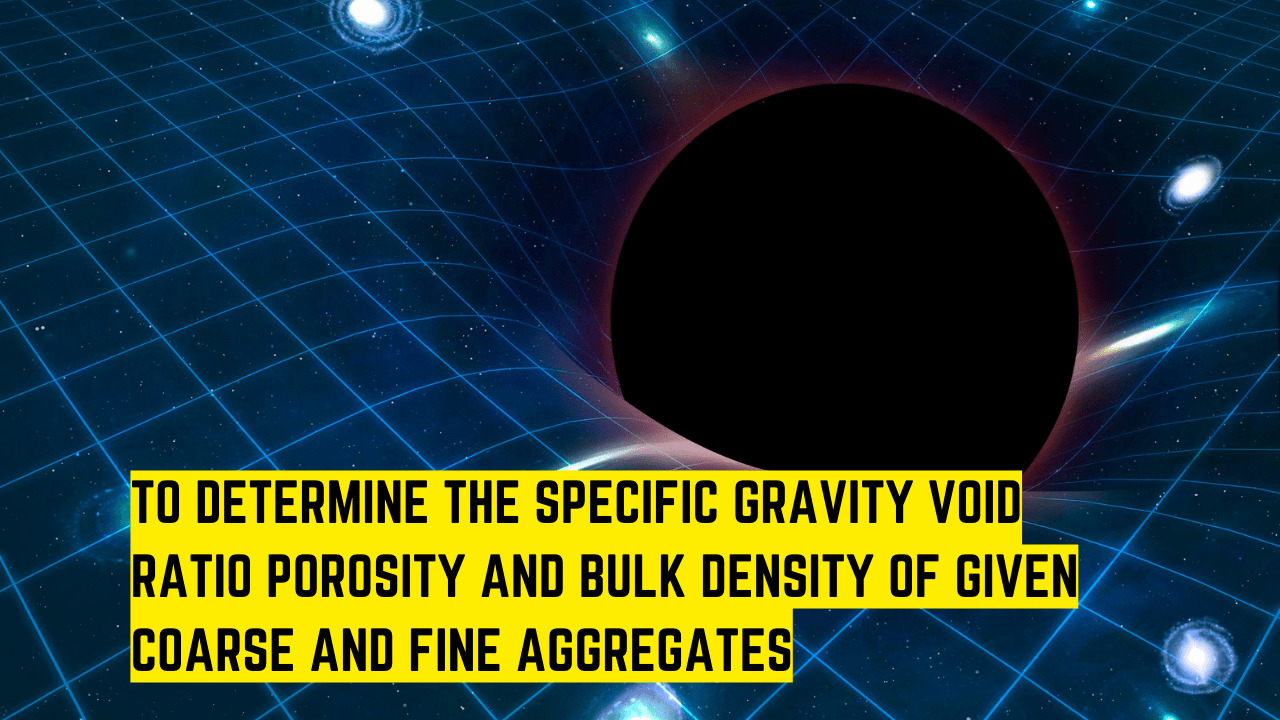Table of Contents
Objective:
The primary objective of this job is to determine the area of a given polygon by chain and cross-staff survey.
Apparatus:
- Two chains
- Arrows
- Ranging rods
- Cross staff
- Plumb bob
Least count of the instrument:
Least count of metric chain = 0.02 m
Related theory:
Cross-staff survey
The survey which is used to prepare cadastral maps, locate boundaries of the field, and determine areas is called a cross-staff survey.
Method of a cross-staff survey
A chain line is run through the center of the field and the area is divided into a number of right-angled triangles and trapezoids. Offsets for each turning point of the field boundary, are drawn with a cross-staff and their chainages are recorded in a field book.
The purpose of dividing the survey area into triangles and trapezoids is because it becomes very easy and convenient to calculate the area of field by using the following area formulae:
- The area of a right-angle triangle is equal to the length of the base multiplied by half the length of perpendicular (1/2 × base × height)
- The area of a trapezoid is equal to the length of the perpendicular multiplied by half the sum of the parallel sides. (1/2 × (sum of the parallel sides) × height)
Chain survey
Chain survey is the most frequently used in surveying because of its accuracy and ease. It is used in conducting a reconnaissance survey to roughly get an idea of the site location. The chain is made of 100 or 150 pieces of galvanized mild steel, having a diameter of 4 mm called links.
The ends of the link are bent to shape in a loop and are fixed together by three oval rings. The chain ends have handles for manipulating the chain on the ground. Each wire has a swivel joint so that the chain can be easily drawn during its use without twisting. The length of the chain is measured between the end handles.
Cross-staff instrument
The cross-staff is a simple instrument available that is suitable for setting out right angles on a survey line. It has three types:
- Open cross-staff
- French cross-staff
- Adjustable cross-staff
The most commonly use out of these is the open cross-staff.
Open cross-staff
The open cross-staff contains four metal arms with vertical splits in them. These two pairs of arms AB and BC are perpendicular to each other. The main purpose of vertical slits is to view the object and the ranging rods. The cross-staff is supported on a wooden pole of 2.5 cm diameter and 1.5 m in length. The end of the pole is fitted with an iron shoe to help provide grip when it is placed on the ground surface.
Procedure:
- Check the survey instruments to make sure that they are in good working condition to deliver accurate results.
- On the given survey land, select the longest distance between two points to be measured.
- Make an offset at both ends and measure the distance between two offsets by using a chain. This longest distance on the land area that divides the area to be surveyed is called the baseline.
- Insert arrows at each and every corner of the land area to be surveyed. Take caution in ensuring that no offset is overlooked before the chain is removed.
- Now, using the second chain measure the distance between the two offsets.
- Next, measure the distance between the baseline and all the offsets and between the offsets using a chain. This line is called the chain line.
- Record the chainages of the points of intersection of chain lines and the boundaries as well.
- After measurement of the land area, plot this area on a drawing sheet by selecting a suitable scale.
- According to the shapes attained (triangle or trapezium) calculate the area of each triangle and trapezium. Add the area of all triangles and trapeziums to get the area of the required polygon.
Observations & Calculations:
No. of triangles formed =
No. of trapeziums formed =
Area of triangle = (1/2 × base × height)
Area of trapezium = (1/2 × (sum of the parallel sides) × height)
| Sr. No. | Figure
(triangle / trapezium) |
Chainage in meters | Base length in meters | Offset in meters | Mean offset | Area in meter square | Remarks |
| 1 | |||||||
| 2 | |||||||
| 3 | |||||||
| 4 | |||||||
| 5 | |||||||
| 6 | |||||||
| 7 |
The sum of the total polygon area required in the field is = (meter square)
Results & Discussions:
The area of the given polygon has been successfully determined by chain & cross-staff survey. The total area of the required polygon comes out = (meter square)
Important considerations:
- Run chain line parallel to the leveled ground, if possible.
- After use in rainy and humid weather, metal chains should be cleaned and dried, and wiped with an oily rag to prevent corrosion and rusting.
- A piece of colored cloth or ribbon should be tied to the arrow to make them easy to sight on the field.
- Ranging rods should be kept as vertical as possible at the station point.
- Note down the temperature, weather conditions, and time of day before conducting any survey.
- To check the accuracy of the fieldwork, the length of the boundary line may be measured directly.
Precautions:
- Helmet, protective shoes, and reflective vests must be worn by all field workers.
- Handle all instruments with caution.
- Follow the proper step-by-step procedure to avoid any errors.
- The bottom of the ranging rods should be placed on a clean and leveled ground surface.






